Home>Gardening & Outdoor>Outdoor Recreation & Activities>How Many Seconds Can You Hold The Frisbee In Ultimate Frisbee?


Outdoor Recreation & Activities
How Many Seconds Can You Hold The Frisbee In Ultimate Frisbee?
Modified: February 18, 2024
Discover the ultimate challenge in outdoor recreation and activities. Find out how long you can hold the frisbee in Ultimate Frisbee and test your skills today!
(Many of the links in this article redirect to a specific reviewed product. Your purchase of these products through affiliate links helps to generate commission for Storables.com, at no extra cost. Learn more)
Introduction
Ultimate Frisbee, often simply referred to as "Ultimate," is a fast-paced and exhilarating team sport that combines elements of football, soccer, and basketball, but with a flying disc instead of a ball. It's a game that demands agility, precision, and strategic thinking, making it a favorite among outdoor enthusiasts and sports lovers alike.
In Ultimate Frisbee, players work together to advance the disc down the field and score points by catching it in the opposing team's end zone. However, there's a catch – once a player catches the frisbee, they can't just hold onto it indefinitely. Instead, they have a limited amount of time to make a play, adding an element of urgency and excitement to the game.
The duration for which a player can hold the frisbee is determined by a unique rule known as the "stall count." This rule adds an intriguing dimension to the game, as it requires players to think quickly and make split-second decisions under pressure. Understanding the stall count and the factors that influence it is crucial for players looking to excel in Ultimate Frisbee.
In this article, we'll delve into the rules of Ultimate Frisbee, explore the concept of the stall count, and examine the various factors that can affect how many seconds a player can hold the frisbee. Additionally, we'll discuss strategies that players can employ to extend their time with the frisbee, ultimately enhancing their performance on the field.
So, if you're ready to unravel the intricacies of holding the frisbee in Ultimate Frisbee and gain valuable insights into this dynamic sport, let's dive in and explore the fascinating world of Ultimate Frisbee together.
Key Takeaways:
- In Ultimate Frisbee, players have only 10 seconds to pass the frisbee, adding urgency and excitement to the game. Factors like defensive pressure and offensive movement affect how long a player can hold the frisbee.
- To hold the frisbee longer, players can use strategies like fakes and feints, dynamic offensive movement, and exploiting defensive mismatches. These tactics not only extend possession time but also enhance teamwork and decision-making.
The Rules of Ultimate Frisbee
Ultimate Frisbee, a high-energy sport that combines the non-stop movement and endurance of soccer with the aerial passing skills of football, is governed by a unique set of rules that set it apart from traditional team sports. Understanding these rules is essential for players to navigate the fast-paced and dynamic nature of the game effectively.
Spirit of the Game
One of the defining characteristics of Ultimate Frisbee is the emphasis on the "Spirit of the Game." This concept places a strong emphasis on sportsmanship, fair play, and mutual respect among players. Unlike many other sports, Ultimate Frisbee relies on self-officiating, with players responsible for making their own calls and resolving disputes on the field. This fosters a culture of integrity and honesty, contributing to the sport's inclusive and community-oriented ethos.
Field and Team Setup
A standard Ultimate Frisbee field is 70 yards long, with end zones extending 25 yards from each end. The game is typically played with seven players on each team, and the objective is to score points by catching the frisbee in the opposing team's end zone. The non-contact nature of the sport promotes fluid movement and strategic positioning, requiring players to rely on agility and precise throws to outmaneuver their opponents.
Scoring and Possession
To score a point in Ultimate Frisbee, a player must catch the frisbee in the opposing team's end zone. After a point is scored, possession switches to the opposing team, and the game resumes with a new "pull" – a throw that initiates play at the beginning of each point. The continuous back-and-forth nature of possession keeps the game dynamic and ensures that every player has the opportunity to contribute to their team's success.
The Stall Count
One of the most distinctive rules in Ultimate Frisbee is the "stall count." When a player catches the frisbee, they are allowed only ten seconds to make a pass. This time limit, enforced by an opposing player counting aloud, adds an element of urgency and strategic decision-making to the game. The stall count challenges players to think quickly and execute precise throws, contributing to the fast-paced and exhilarating nature of Ultimate Frisbee.
By familiarizing themselves with these fundamental rules, players can gain a deeper appreciation for the intricacies of Ultimate Frisbee and develop the skills necessary to excel in this dynamic and captivating sport.
The Concept of "Stall Count"
In Ultimate Frisbee, the stall count is a pivotal rule that adds a layer of intensity and strategic decision-making to the game. When a player gains possession of the frisbee, they are immediately subjected to the pressure of the stall count, which limits the time they have to make a pass. The opposing player guarding the thrower counts aloud from one to ten, signaling the seconds ticking away and creating a sense of urgency on the field.
The stall count serves multiple purposes, all of which contribute to the dynamic nature of Ultimate Frisbee. Firstly, it prevents players from holding onto the frisbee for an extended period, ensuring that the game maintains its fast-paced and action-packed tempo. This rule encourages quick thinking and rapid decision-making, as players must assess the field, anticipate their teammates' movements, and execute a precise throw within the allotted time.
Moreover, the stall count introduces an element of strategic gameplay, as the thrower must carefully assess their options and make split-second decisions under pressure. They must consider the positioning of their teammates, the defensive tactics of the opposing team, and the best trajectory for their throw. This not only challenges the thrower's mental acuity but also adds an element of unpredictability to the game, keeping both players and spectators on the edge of their seats.
The enforcement of the stall count also promotes fair play and sportsmanship, as it prevents players from stalling the game by holding onto the frisbee indefinitely. By imposing a time limit on possession, the rule ensures that both teams have equal opportunities to showcase their skills and compete on a level playing field.
Overall, the stall count is a fundamental aspect of Ultimate Frisbee that encapsulates the sport's fast-paced, strategic, and inclusive nature. It challenges players to think quickly, make decisive moves, and embrace the exhilarating unpredictability of the game. Understanding and mastering the dynamics of the stall count is essential for players looking to elevate their performance and make a meaningful impact on the field.
Factors Affecting How Many Seconds You Can Hold the Frisbee
Several factors come into play when determining how many seconds a player can effectively hold the frisbee in Ultimate Frisbee. Understanding these factors is crucial for players looking to maximize their time with the disc and make strategic plays on the field.
Defensive Pressure
The defensive pressure exerted by the opposing team significantly impacts the amount of time a player can hold the frisbee. A tight defensive mark, where an opponent closely guards the thrower, can limit the thrower's options and force them to make quick decisions. Additionally, aggressive defensive strategies, such as double-teaming the thrower or applying zone defenses, can further reduce the time available for the thrower to hold the frisbee. Overcoming defensive pressure requires players to remain composed, assess the field, and exploit openings in the opposing team's defense to maintain possession for as long as possible.
Offensive Movement
The movement and positioning of the thrower's teammates play a pivotal role in determining how long they can hold the frisbee. Effective offensive movement, characterized by players creating space, making strategic cuts, and providing passing options, can extend the thrower's stall count. When teammates create passing lanes and offer viable targets downfield, the thrower gains valuable time to survey the field and execute a well-placed throw. Conversely, stagnant offensive movement can limit the thrower's options and expedite the stall count, emphasizing the importance of coordinated teamwork and dynamic positioning.
Field Awareness
A player's awareness of the field and their surroundings directly influences their ability to hold the frisbee for an extended duration. By maintaining a comprehensive understanding of the positions of both teammates and opponents, the thrower can anticipate defensive movements, exploit open spaces, and capitalize on strategic opportunities. Field awareness empowers players to make informed decisions, evade defensive pressure, and sustain possession, ultimately prolonging the time they can hold the frisbee and orchestrate effective plays.
Throwing Skills
The thrower's proficiency in executing accurate and strategic throws significantly impacts their ability to hold the frisbee. A player with advanced throwing skills can manipulate the flight path of the disc, deliver precise passes to teammates, and navigate through defensive coverage with finesse. By leveraging a diverse range of throwing techniques, including backhands, forehands, hammers, and scoobers, players can maintain possession and extend their stall count, showcasing the critical role of throwing proficiency in Ultimate Frisbee.
Adaptability and Decision-Making
The adaptability and quick decision-making abilities of the thrower are essential factors that influence their stall count. In rapidly evolving game scenarios, players must swiftly assess the situation, adapt to changing defensive pressures, and make split-second decisions to retain possession. The capacity to adjust to dynamic game conditions, exploit defensive vulnerabilities, and capitalize on fleeting opportunities directly impacts the duration for which a player can hold the frisbee, highlighting the significance of adaptability and astute decision-making in Ultimate Frisbee.
By considering these factors, players can gain valuable insights into the intricacies of holding the frisbee in Ultimate Frisbee and develop the skills necessary to thrive in this dynamic and captivating sport.
Strategies for Holding the Frisbee Longer
In Ultimate Frisbee, the ability to hold the frisbee for an extended duration can significantly impact a player's effectiveness on the field. Employing strategic approaches to maintain possession and maximize the stall count is essential for executing successful plays and contributing to the team's overall performance. Here are several effective strategies for holding the frisbee longer in Ultimate Frisbee:
1. Utilize Effective Fakes and Feints
Employing deceptive fakes and feints can create openings in the opposing team's defense, allowing the thrower to buy valuable time and extend their stall count. By simulating throws or movements that mislead defenders, the thrower can force defensive players to react prematurely, creating opportunities to retain possession and assess passing options.
2. Dynamic Offensive Movement
Encouraging dynamic movement and strategic positioning among teammates can significantly prolong the thrower's stall count. Players should actively create passing lanes, make purposeful cuts, and adjust their positioning to provide viable passing options for the thrower. Effective offensive movement not only extends the stall count but also facilitates cohesive teamwork and enhances the team's overall offensive capabilities.
3. Exploit Defensive Mismatches
Identifying and exploiting defensive mismatches can provide the thrower with opportunities to hold the frisbee longer. By recognizing mismatches in speed, agility, or positioning, the thrower can target favorable matchups and capitalize on defensive vulnerabilities. Exploiting these mismatches can lead to extended possession time and create advantageous opportunities for the offensive team.
Read more: How Do You Play Ultimate Frisbee?
4. Maintain Composure Under Defensive Pressure
Remaining composed and focused under intense defensive pressure is crucial for extending the stall count. When faced with aggressive defensive marking or double-teams, the thrower must stay calm, assess the field, and utilize evasive maneuvers to retain possession. By maintaining composure and making calculated decisions, players can navigate through defensive pressure and sustain possession for longer durations.
5. Strategic Use of Timeouts
In critical game situations, strategic utilization of timeouts can provide valuable respite and reset the stall count. Coaches and players can strategically call timeouts to regroup, reassess strategies, and alleviate mounting defensive pressure. By effectively managing timeouts, teams can strategically prolong possession and create opportunities for strategic plays.
6. Diversify Throwing Techniques
Mastering a diverse range of throwing techniques enables players to adapt to varying defensive scenarios and extend their stall count. Proficiency in executing backhands, forehands, hammers, scoobers, and other advanced throws enhances the thrower's ability to navigate through defensive coverage and maintain possession. Diversifying throwing techniques adds an element of unpredictability to the offense, making it challenging for defenders to anticipate the thrower's next move.
By implementing these strategic approaches, players can enhance their ability to hold the frisbee longer in Ultimate Frisbee, contributing to a more dynamic and effective offensive game. These strategies not only extend possession time but also foster teamwork, adaptability, and strategic decision-making, ultimately elevating the overall performance of the team on the field.
Conclusion
In conclusion, Ultimate Frisbee stands as a dynamic and captivating sport that demands agility, strategic thinking, and precise execution. The unique rule of the stall count adds an exhilarating dimension to the game, challenging players to think quickly, make split-second decisions, and execute precise throws under pressure. As players strive to maximize their time with the frisbee, they must navigate through defensive pressure, leverage offensive movement, and exhibit astute field awareness to extend their stall count and orchestrate effective plays.
The strategic approaches outlined for holding the frisbee longer in Ultimate Frisbee underscore the multifaceted nature of the sport. By utilizing effective fakes and feints, encouraging dynamic offensive movement, and exploiting defensive mismatches, players can prolong possession, create strategic advantages, and contribute to their team's success. Additionally, maintaining composure under defensive pressure, strategically using timeouts, and diversifying throwing techniques are instrumental in extending the stall count and enhancing the overall offensive capabilities of the team.
Furthermore, the spirit of the game, characterized by a strong emphasis on sportsmanship, fair play, and mutual respect, underscores the inclusive and community-oriented ethos of Ultimate Frisbee. The self-officiating nature of the sport fosters integrity and honesty, promoting a culture of respect and camaraderie among players.
As players continue to immerse themselves in the intricacies of Ultimate Frisbee, mastering the stall count and honing their ability to hold the frisbee longer will undoubtedly elevate their performance on the field. The fast-paced, strategic, and inclusive nature of the sport offers a compelling platform for players to showcase their skills, embrace unpredictability, and forge lasting connections within the Ultimate Frisbee community.
Ultimately, Ultimate Frisbee transcends conventional team sports, offering a unique blend of athleticism, sportsmanship, and strategic gameplay. As players navigate the intricacies of the stall count and strive to extend their time with the frisbee, they embody the spirit of the game, embrace the thrill of competition, and contribute to the vibrant tapestry of Ultimate Frisbee.
Frequently Asked Questions about How Many Seconds Can You Hold The Frisbee In Ultimate Frisbee?
Was this page helpful?
At Storables.com, we guarantee accurate and reliable information. Our content, validated by Expert Board Contributors, is crafted following stringent Editorial Policies. We're committed to providing you with well-researched, expert-backed insights for all your informational needs.

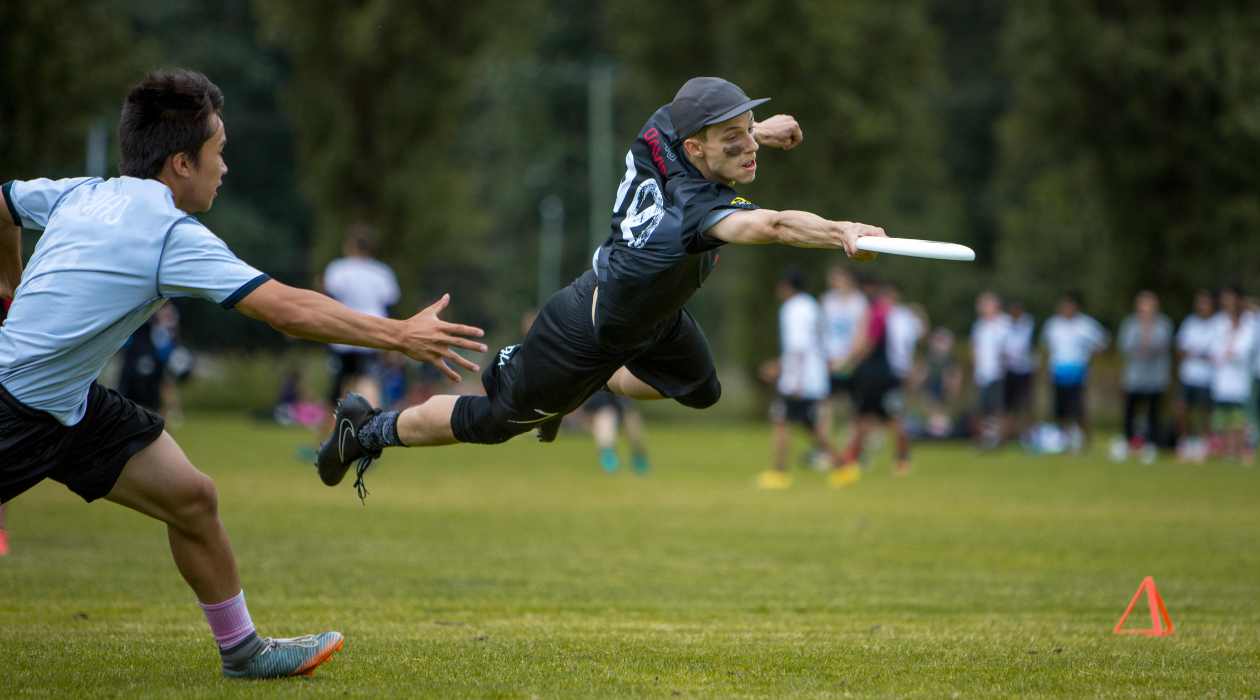
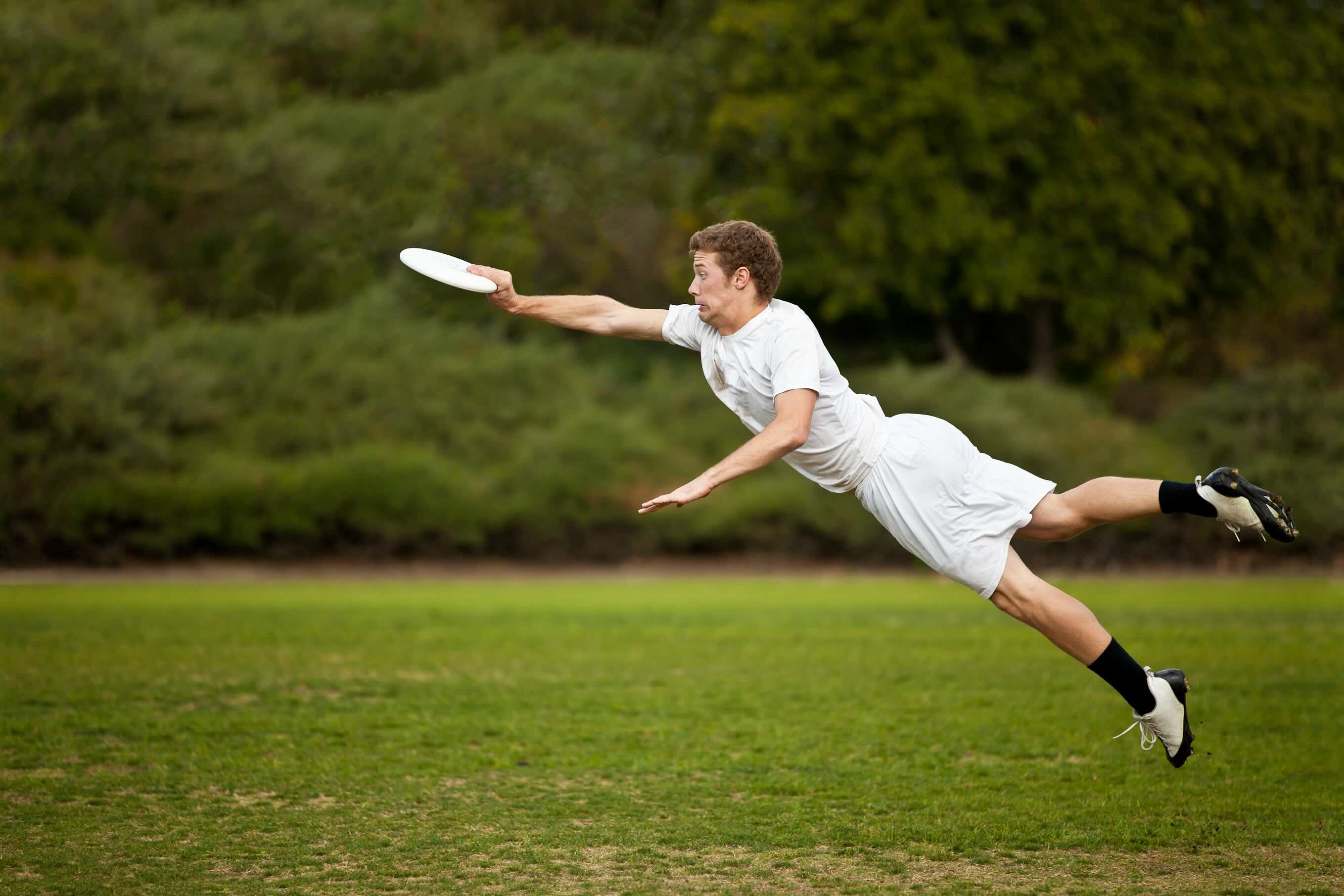

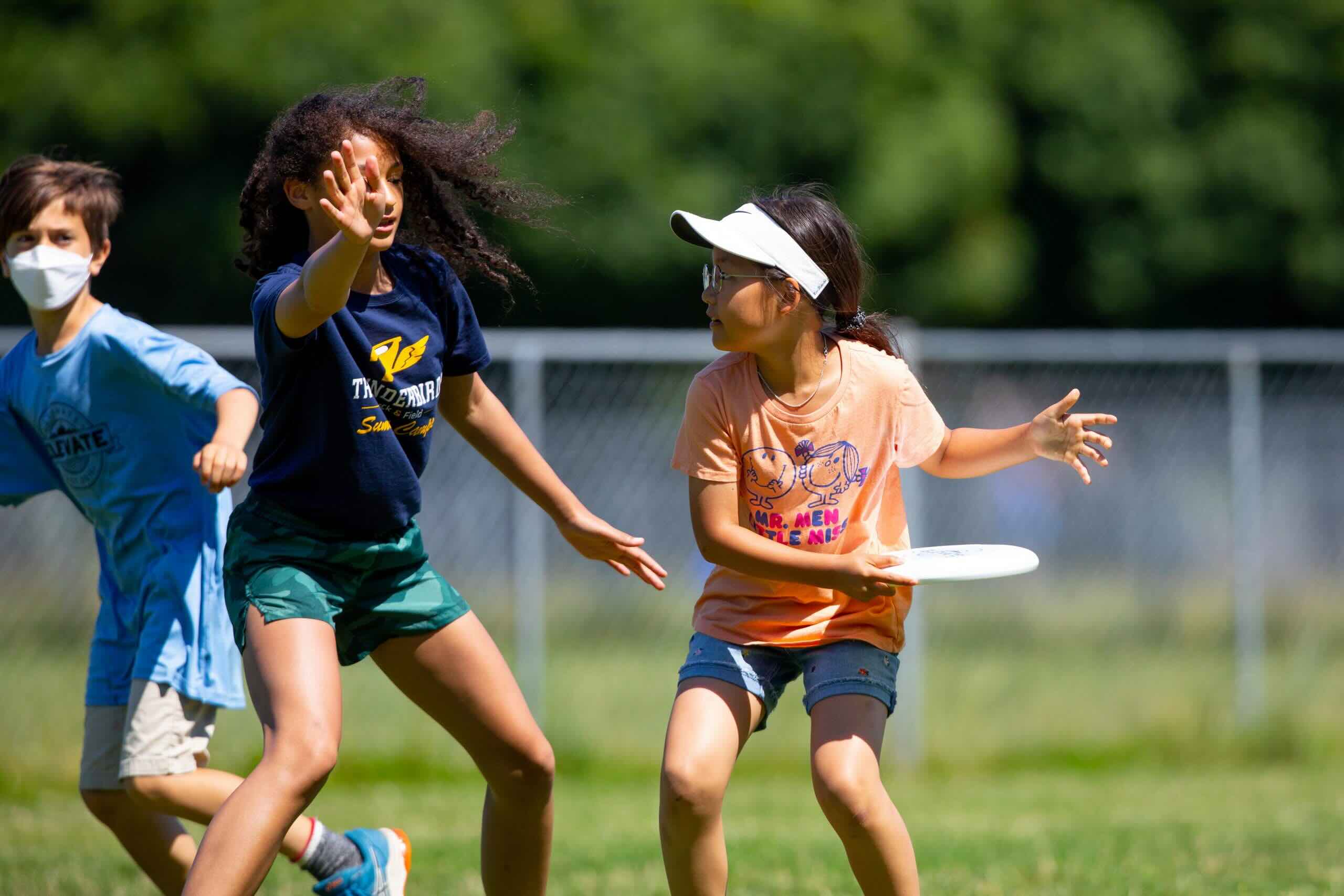
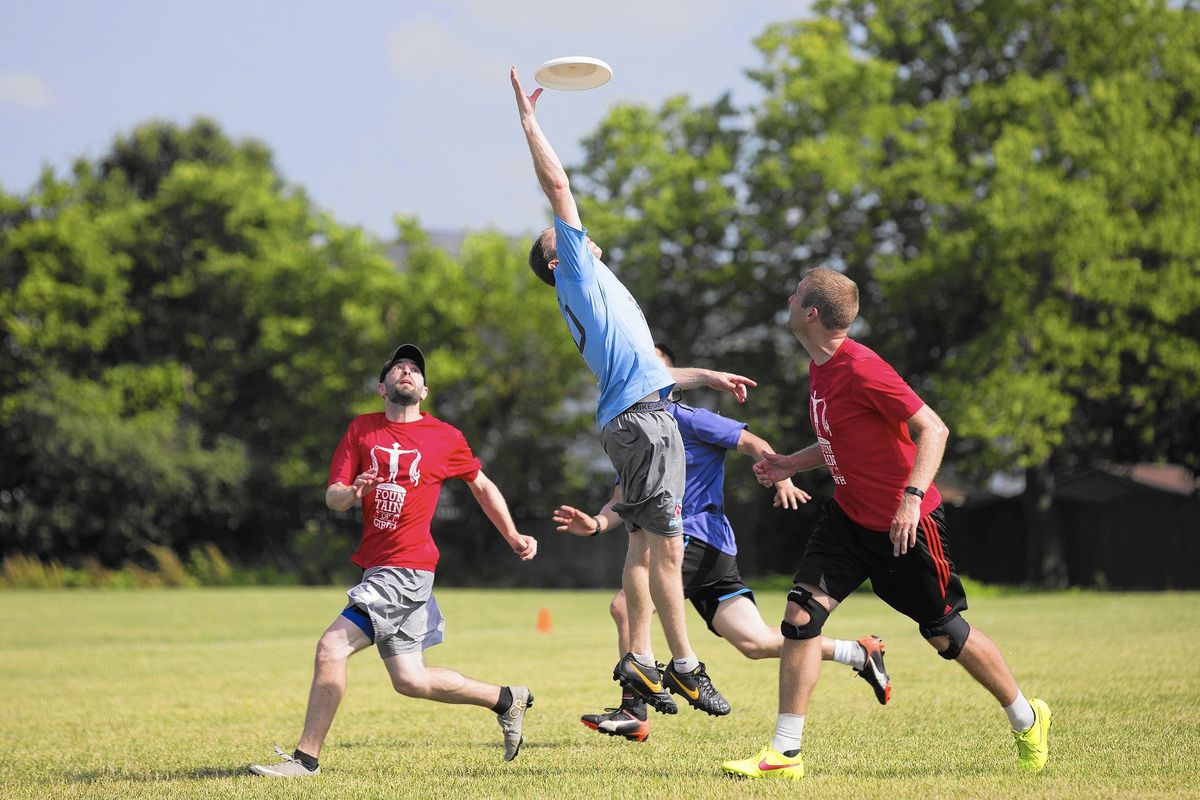
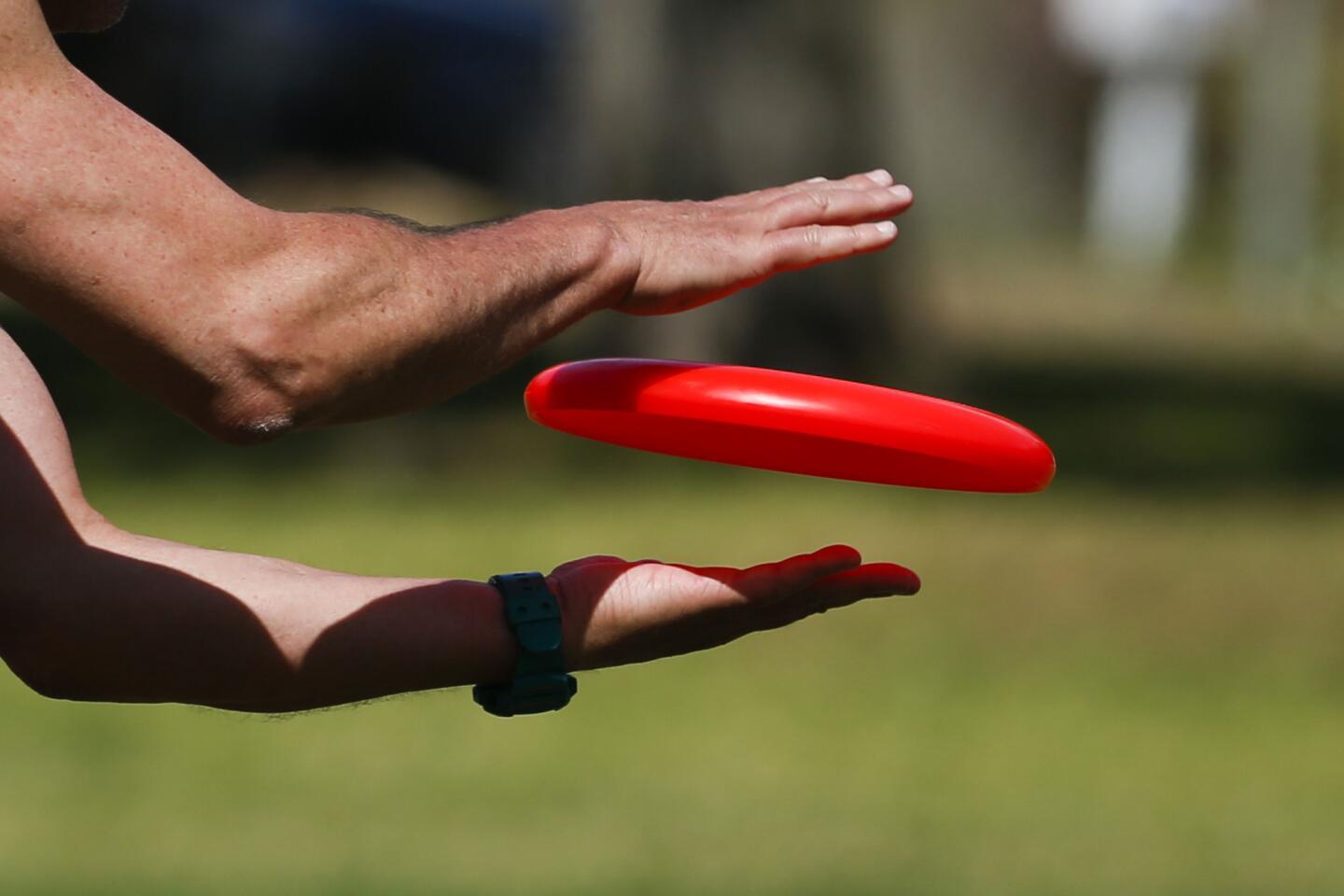
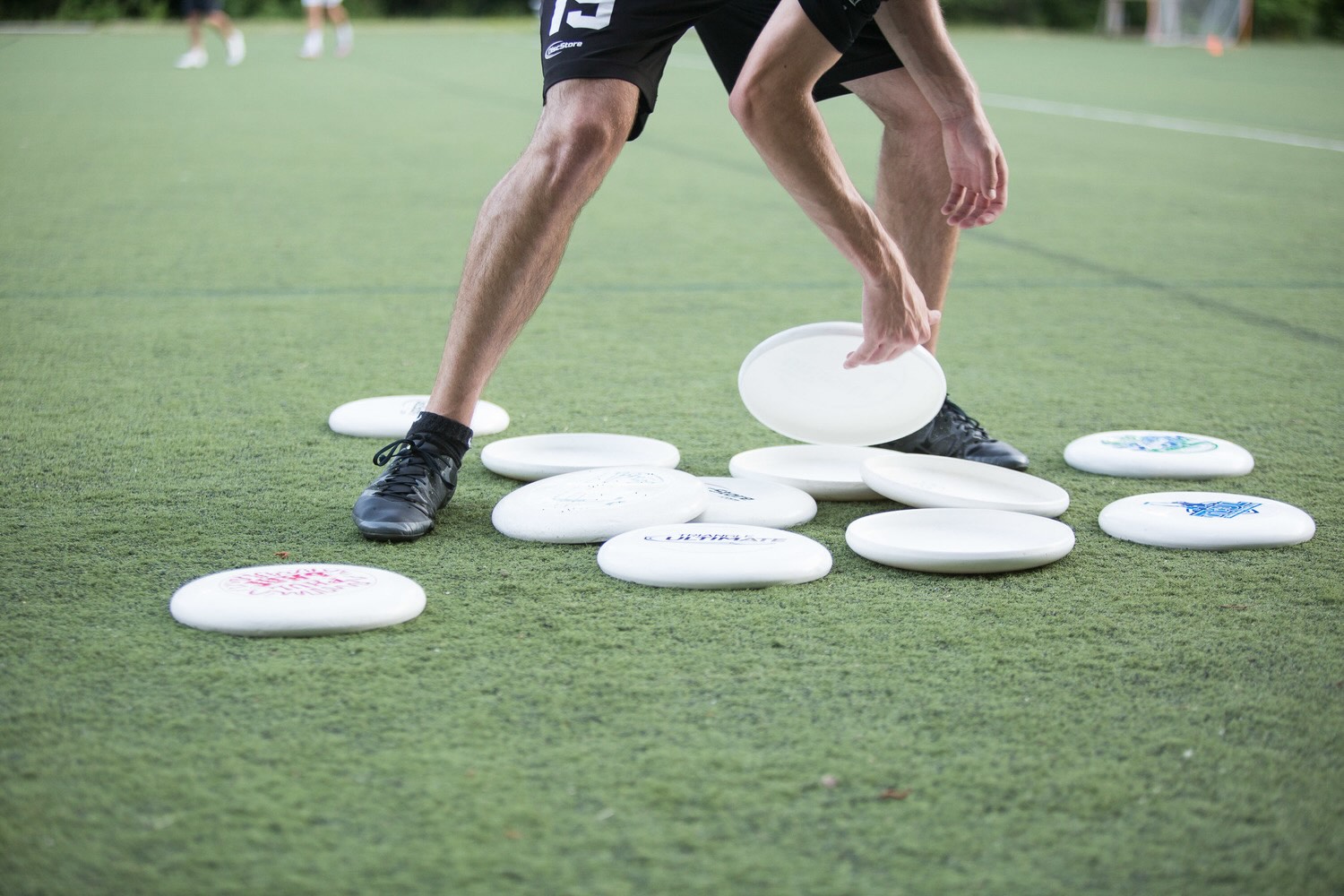
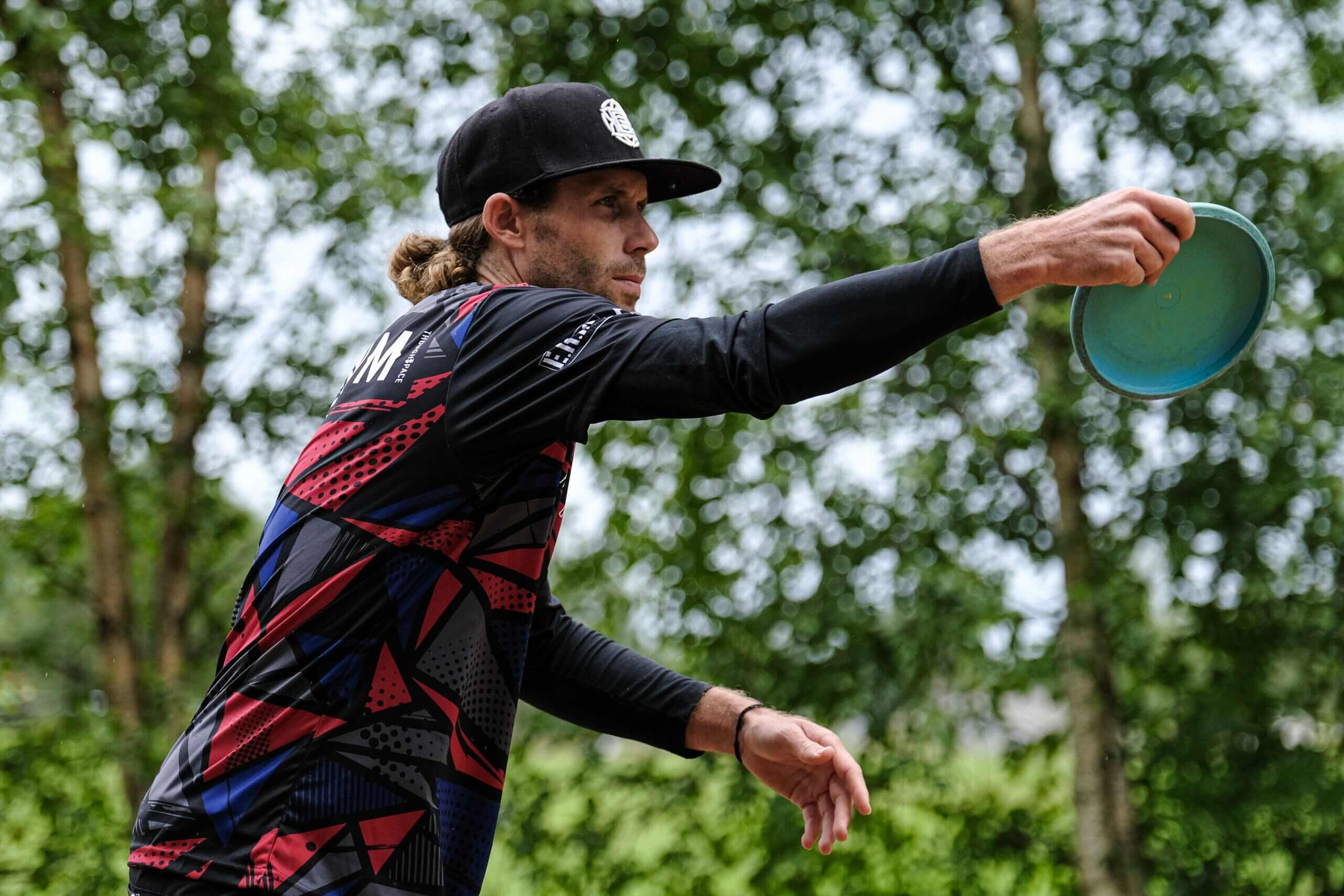
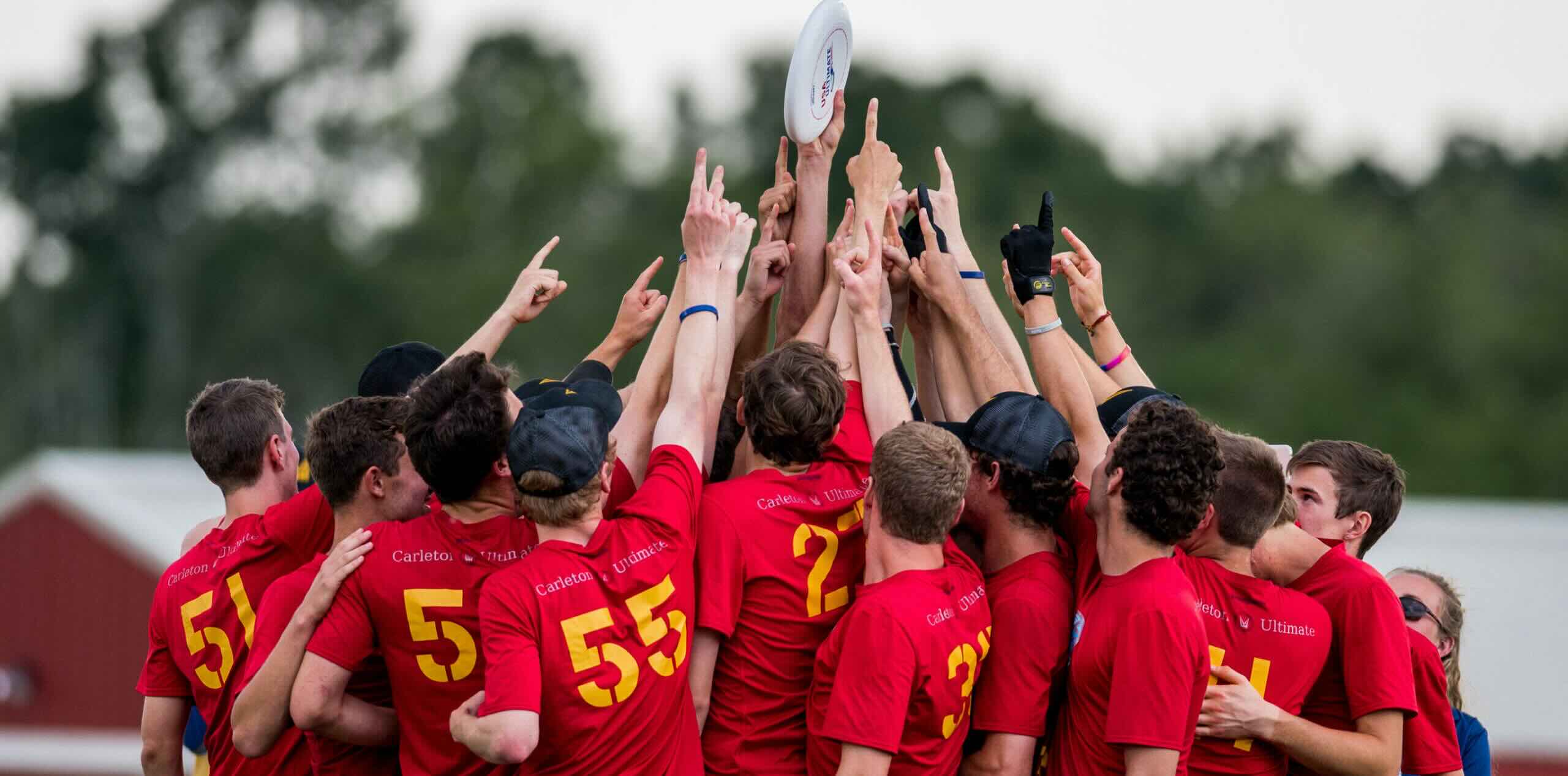
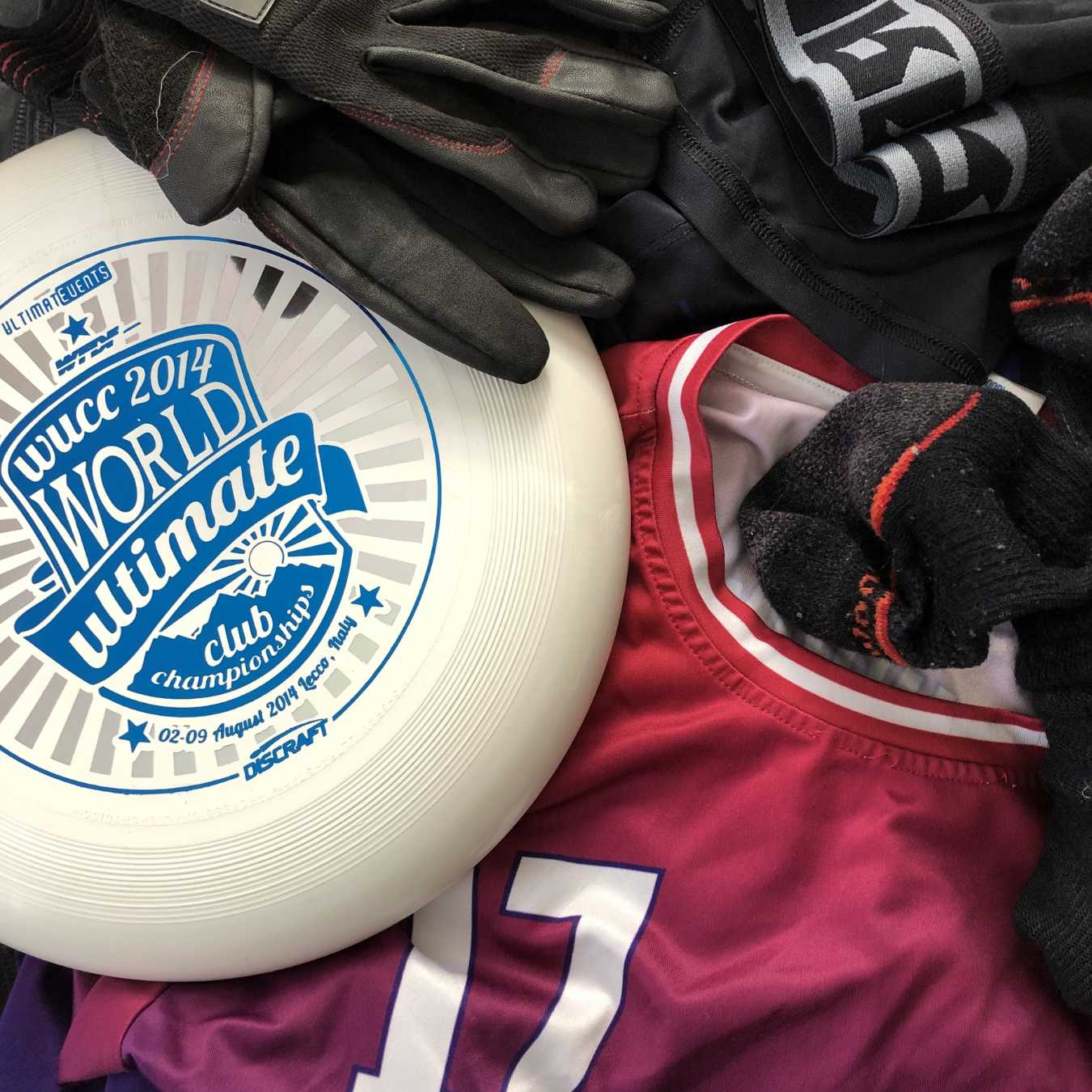

0 thoughts on “How Many Seconds Can You Hold The Frisbee In Ultimate Frisbee?”